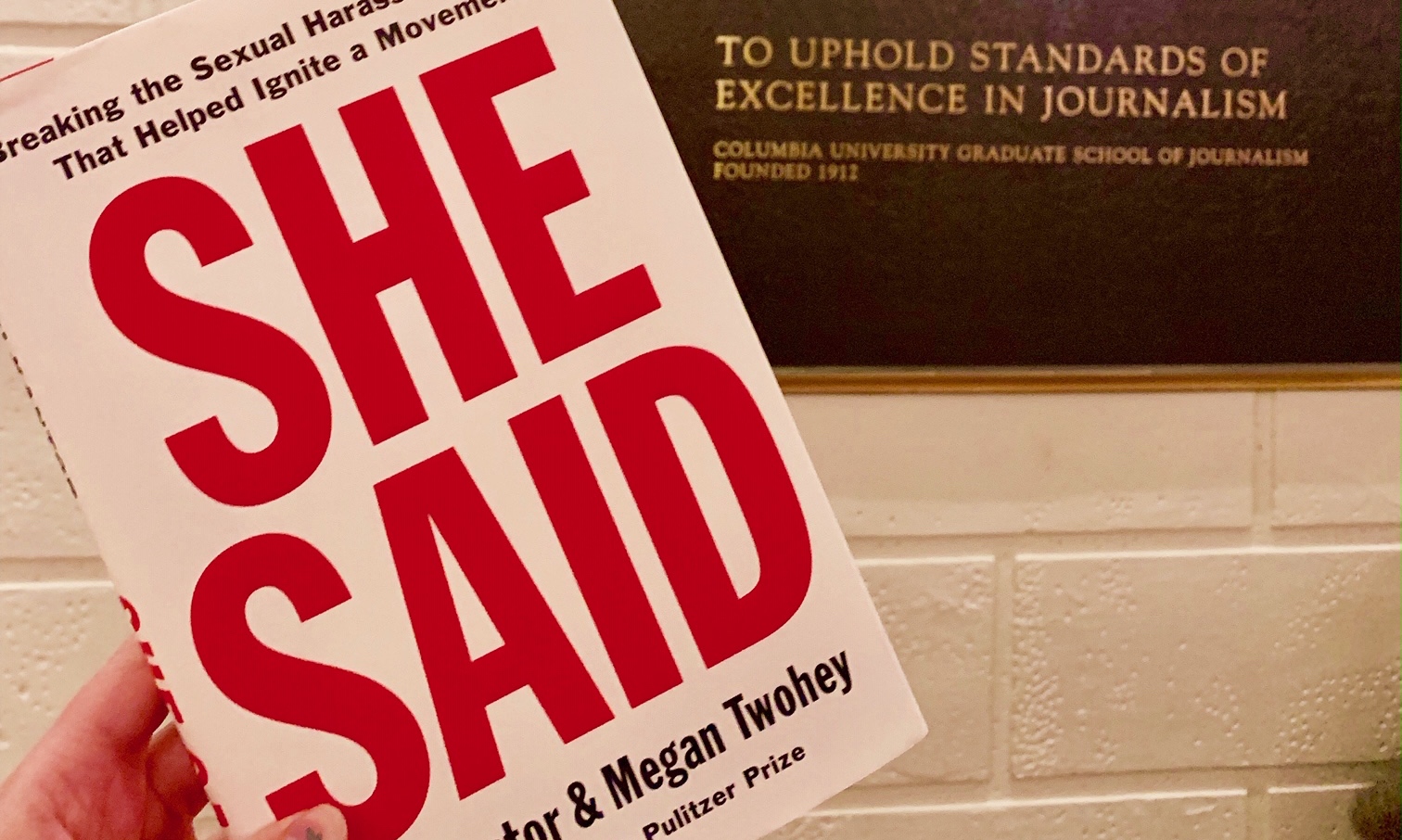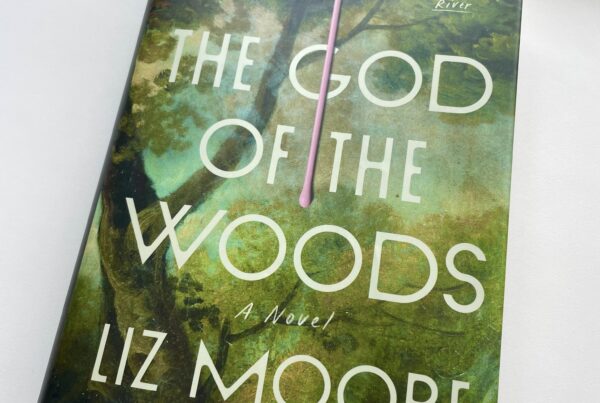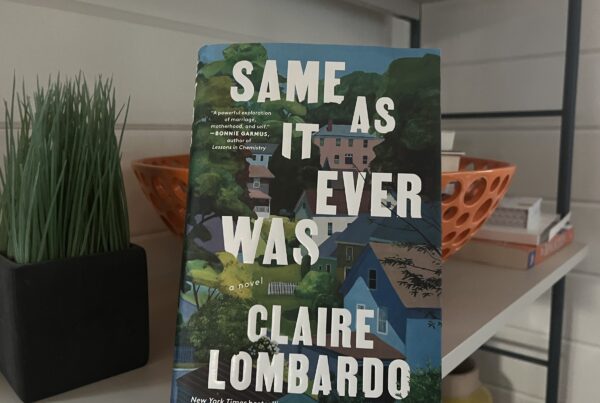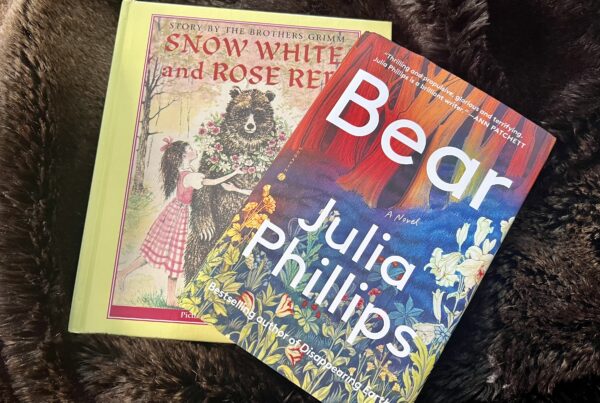As a graduate student at Columbia Journalism School, I spend my days listening to my teachers talk about the “reporting process” for approximately 12 to 15 hours a week, so Jodi Kantor and Megan Twohey’s She Said seemed like an exhaustive endeavour. I had spent my entire final year of undergrad writing a thesis on issues of consent and sexual assault and had researched the #MeToo movement until I had 20 pages of single-spaced notes on my computer. What more could this book tell me that I didn’t already know or couldn’t guess? But I was determined to read it, if only because my friend Hannah promised a book club wine night in her homey Upper West Side family apartment for all those who finished. What I found was neither exhaustive nor expected.
Published just last month, She Said delves into the story behind the story of Harvey Weinstein’s years of alleged sexual harassment and assault in Hollywood. Written by two investigative reporters at the New York Times, I expected the writing to be journalistic. It was and it wasn’t. The story was concise, but the emotion, color, and attention to detail were all there. I would stand each morning on the subway, one hand clutching a railing, the other, She Said. I was riveted.
Kantor and Twohey’s recounting of their reporting surprised me. It was intimate yet unguarded, safe from the rigid New York Times style. I thought I’d understood the intricacies of the case, but I hadn’t. Famous figures I knew and respected were revealed to be enablers of powerful men. The two showed the long and winding road to their first exposé, sharing deeply personal moments like when the two collapsed together crying after a source finally agreed to go “on the record.”
Above all, Kantor and Twohey are able to capture the #MeToo movement in its gestation and first breaths. They write about the confusing and changing definitions of “harassment” and “assault.” They write about uncovering a failing system that extends beyond behavior to systemic legal injustice, about the countless women who contacted them following the initial Weinstein story, and the heart-wrenchingly difficult task of deciding which stories they would tell.
The book does meander briefly into the Kavanaugh hearing during the second half, a turn I was not expecting since the Times did not break this story and only followed along as proceedings occurred. But while this felt a bit off the cuff, it provided important insight into what I would call the next biggest #MeToo moment for our country, one that many don’t think could have happened without the stage being set by Kantor and Twohey’s Weinstein reporting. Kantor and Twohey bring us backstage where we watch Christine Blasey Ford struggle with her decision to come forward and thoughts in the aftermath. They let us witness a cathartic private meeting between the accusers from their stories at Gwenyth Paltrow’s LA home. In essence, they show us the people, the emotions, the trauma that still exists after a story goes live.
Just yesterday, I read a story in The Cut about a woman who was sexually assaulted by her doctor at Mount Sinai when she came in with shoulder pain, and the book’s title hit me full force. The book isn’t just about recounting a reporter’s process, it’s about letting a woman (many of them) tell her story, listening to what she has to say again and again and again. Kantor and Twohey show how a “she said” can become a “we said,” and their book demonstrates the power that lies in being brave enough to take the first step.




